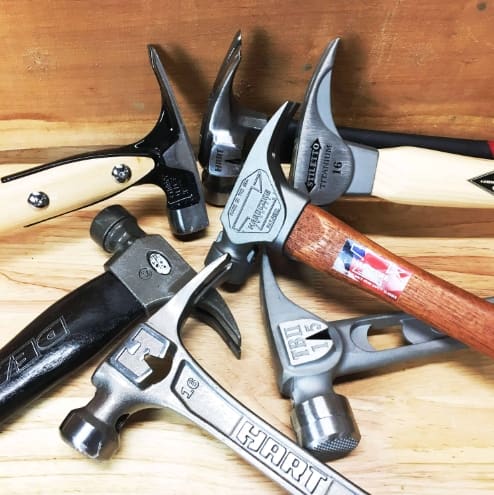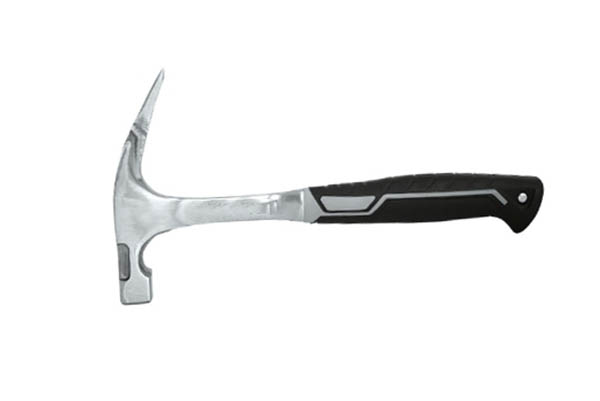Hammers are one of the most fundamental tools in construction and woodworking. However, not all hammers are created equal, and different types serve distinct purposes. Two of the most common types of hammers in carpentry are the carpenter hammer and the framing hammer. While they may look similar at first glance, key differences set them apart in terms of design, function, and use. Understanding these differences can help you choose the right hammer for your needs.

1. Design and Weight
One of the most noticeable differences between carpenter and framing hammers is their design and weight. A carpenter hammer, often referred to as a claw hammer, typically has a smooth face and a slightly curved claw. It is generally lighter, weighing between 16 to 20 ounces. This lighter weight makes it easier to handle and is ideal for precision work, such as finishing carpentry or driving small nails.
On the other hand, a framing hammer is designed for heavy-duty tasks. It usually has a milled or waffle face to prevent slipping off nails and a straighter claw for prying apart boards and removing larger nails. Framing hammers are heavier, often weighing between 20 to 32 ounces. This extra weight allows for more powerful blows, which is essential when working with larger nails or tougher materials like hardwood and framing lumber.
2. Handle Length and Material
The handle length and material also differ between these two types of hammers. Carpenter hammers typically have shorter handles, ranging from 12 to 16 inches. This shorter length provides better control for detailed work and minimizes fatigue when used for extended periods. The handles are often made from wood, fiberglass, or steel, with wood being the most common due to its balance and shock-absorbing properties.
Framing hammers, in contrast, usually have longer handles, around 16 to 18 inches or more. The longer handle provides greater leverage and allows for more forceful swings, making it easier to drive large nails quickly and efficiently. Handles on framing hammers are frequently made from steel or fiberglass, materials that offer the durability and strength needed for heavy-duty tasks. Steel handles are especially favored for their toughness, although they can transmit more shock to the user's hand.
3. Claw Shape and Function
The shape and function of the claw are other critical differences between a carpenter hammer and a framing hammer. The claw of a carpenter hammer is typically curved, which makes it effective for removing nails with minimal damage to the surrounding wood. This curved claw also provides better leverage when pulling nails or prying apart small pieces.
In contrast, a framing hammer has a straighter claw, which is designed for prying apart nailed boards and dismantling wooden structures. The straight claw is more suitable for heavy-duty demolition work, where the primary goal is to separate wood without concern for precision or minimizing damage. The straighter claw also allows for easier penetration into tight spaces, such as between tightly nailed boards.
4. Intended Use and Application
Carpenter hammers are best suited for general carpentry tasks that require precision and finesse, such as installing trim, hanging pictures, or assembling furniture. Their lighter weight and shorter handle make them ideal for tasks that require control and accuracy rather than raw power.
Framing hammers, on the other hand, are designed for more rigorous construction work. They are commonly used in framing houses, building decks, and other projects that involve heavy nailing and prying. The additional weight and longer handle make framing hammers perfect for driving large nails into thick wood quickly and effectively, which is essential in high-production environments.
Conclusion
In summary, the carpenter hammer and the framing hammer each serve distinct purposes in carpentry and construction. The carpenter hammer, with its lighter weight, shorter handle, and curved claw, is ideal for precision work and lighter tasks. The framing hammer, with its heavier weight, longer handle, and straighter claw is designed for heavy-duty construction work, providing the power and leverage needed for framing and demolition tasks. Understanding these differences will help you select the right hammer for your specific needs, ensuring efficiency and effectiveness in your projects.
Post time: 09-03-2024






